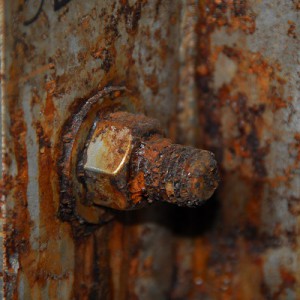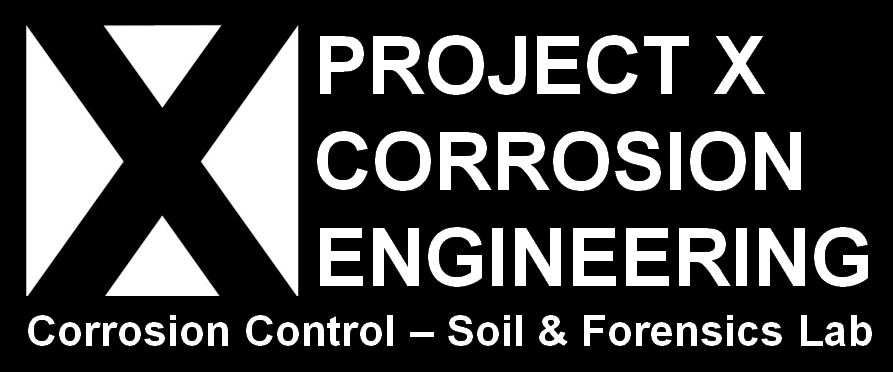Corrosion Evaluation and Control Recommendations
Project X Corrosion Engineering provides services for estimating life of piles in solar farms and determining probability of corrosion to general construction materials. As corrosion awareness grows, building permit authorities are realizing the importance of getting a Soil Corrosivity Evaluation Report with Corrosion Control recommendations PRIOR to installing infrastructure in the ground. As noted by anyone who has ever been involved in a construction defect lawsuit, risk management during construction can save you money and hassle.

IMPORTANCE OF EVALUATION:
Geotechnical reports typically only test one location in hundred acre site for pH, Minimum Resistivity, Sulfates, and Chlorides. A greater amount of sampling is better for statistics and probability which is why Caltrans requires a minimum of three samples. Those tests provide good information for steel but Ammonia and Nitrates which are often part of fertilizers are also great contributors to pitting and especially to corrosion of copper, brass, and aluminum. Corrosive bacteria whose by-products can eat through steel may also be present and detected by REDOX and Sulfide testing. If the land is great for farming, it is likely FANTASTIC for corrosion.
Oxygen availability is also an important factor which changes with depth and soil disturbance. The great thing about piles is that they do not disturb much soil, usually only at the surface due to construction activity. This is why it is important to determine the corrosivity of the surface soil along with deeper soils.
IMPORTANCE OF RECOMMENDATIONS:
As noted by anyone who has ever been involved in a construction defect lawsuit, risk management during construction can save you money and hassle. Be it by placing grease caps on the ends of post tensioning systems, choosing the right concrete type, documenting actions were taken so that your site, back fill, and fill soils are not corrosive to copper, brass, steel, iron, concrete pipes, valves, and structures; these actions can end a construction defect investigation quickly. Depending on your site, our reports provide you a description of your site and corrosion control recommendations.
